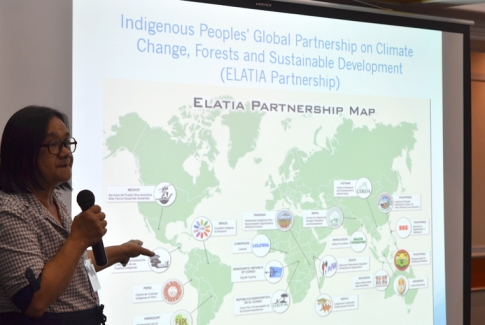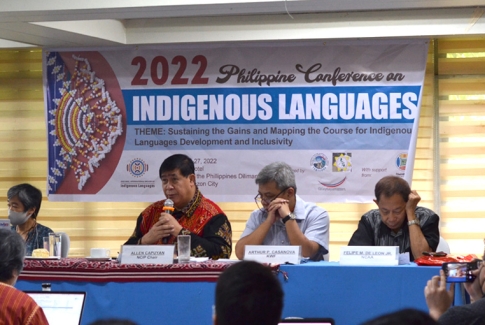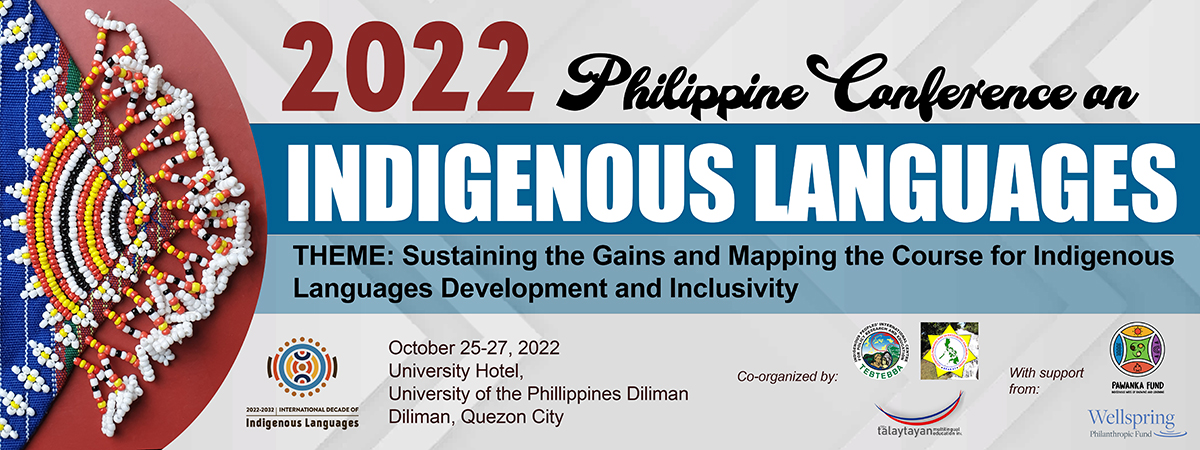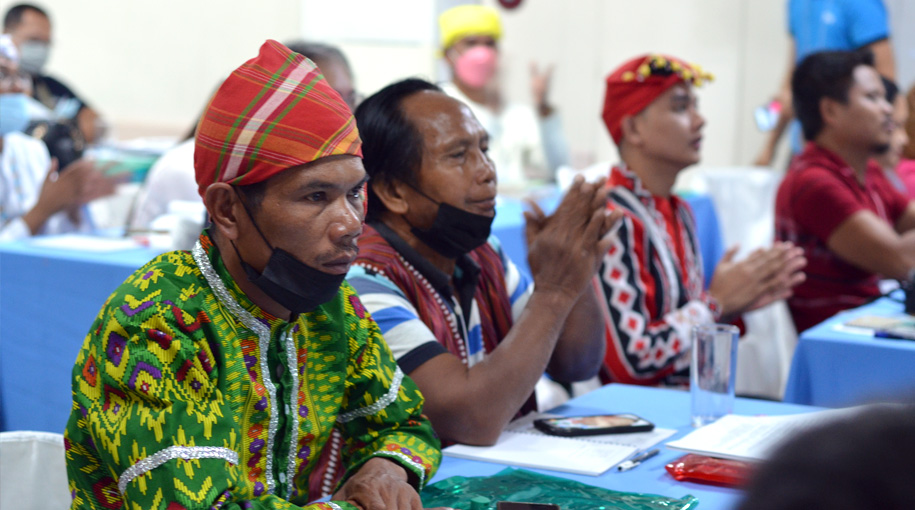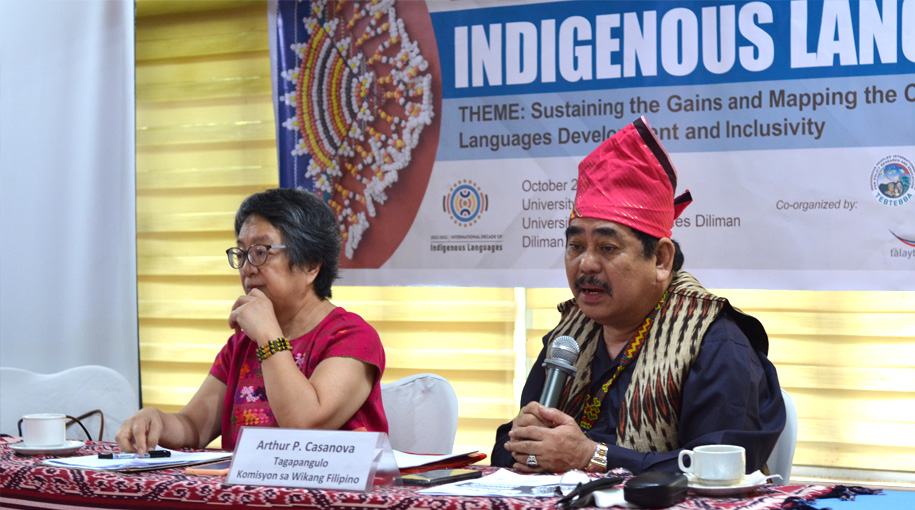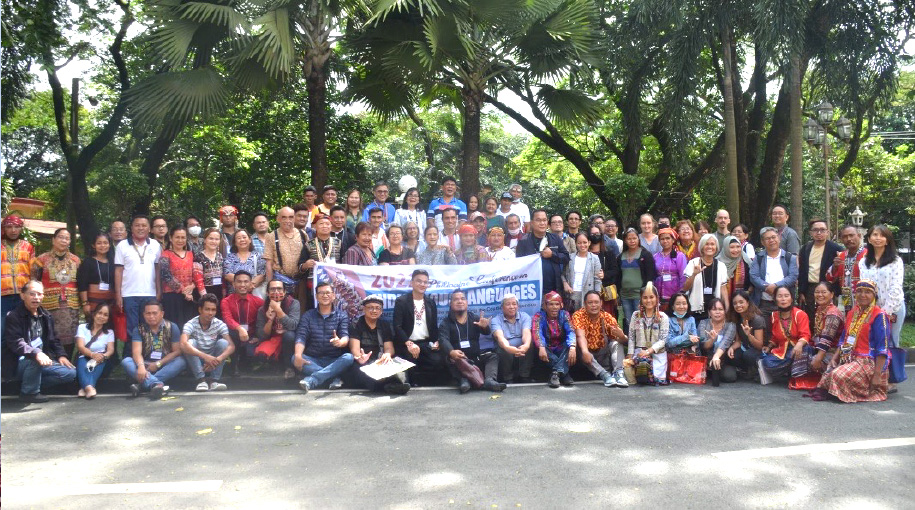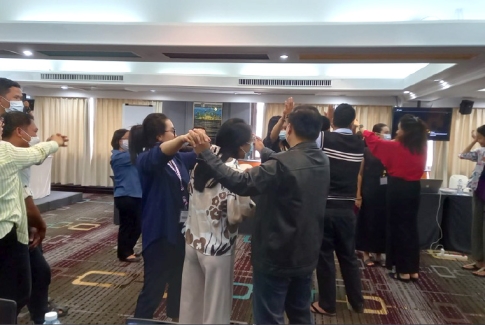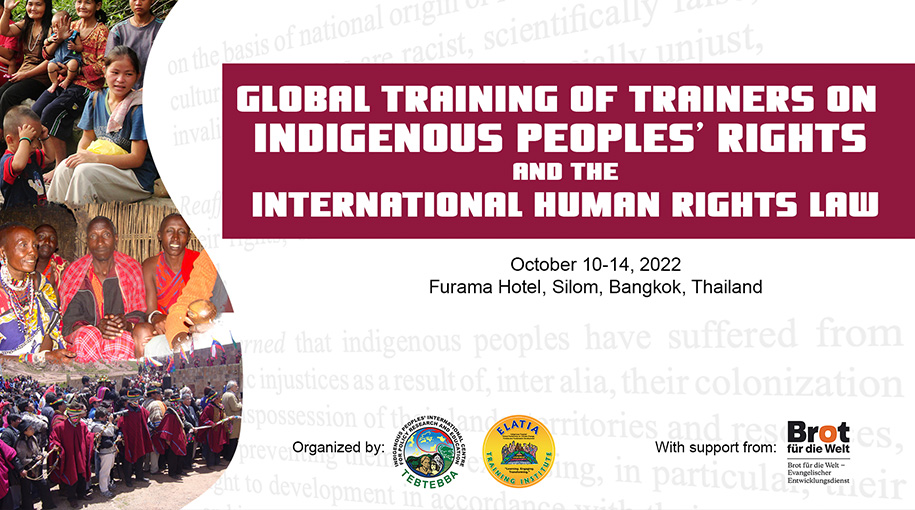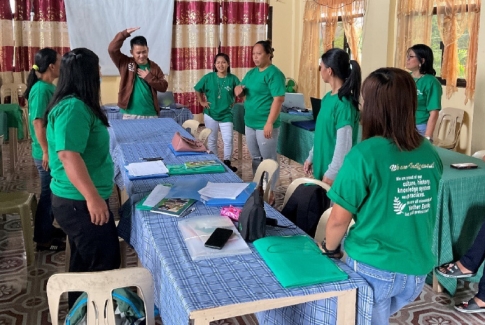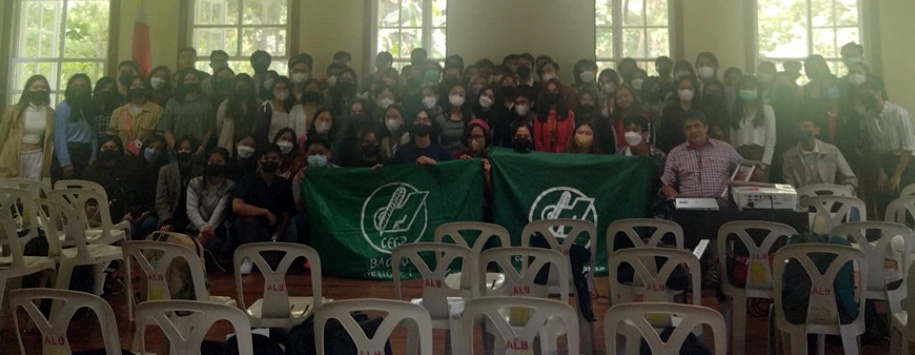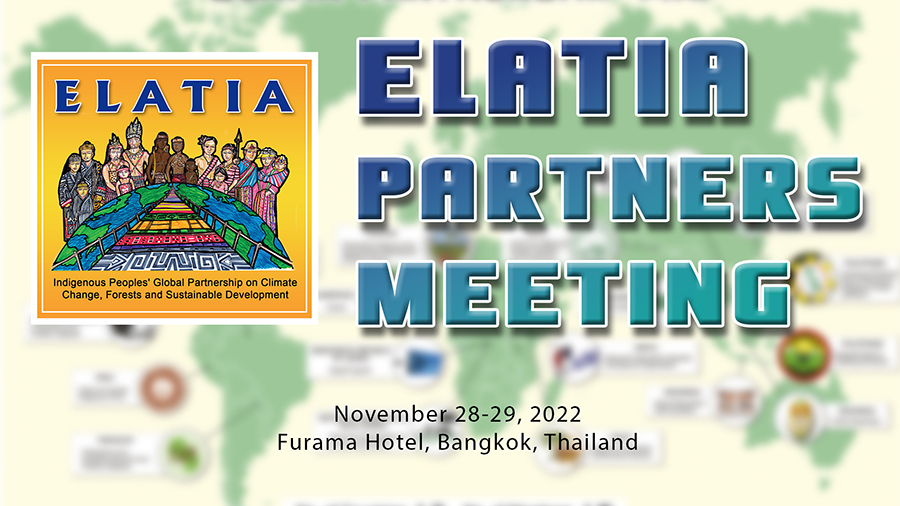
“ELATIA should be seen as something that adds value and will help and support the work that you (ELATA partners) are doing in your country and at the local level because that is our key objective- to strengthen many Indigenous Communities. At the end of the day, that’s what we are going to be proud of.” Victoria Tauli-Corpuz, Executive Director of Tebtebba and the Former UN Special Rapporteur for the Rights of Indigenous Peoples.
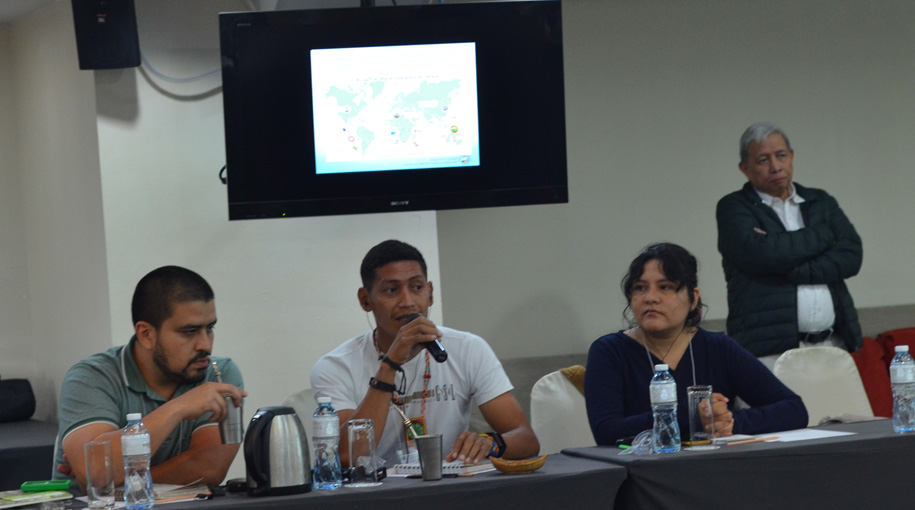
After four years of not meeting face-to-face, representatives from various ELATIA partners from different regions around the globe physically attended the ELATIA partners’ meeting held last 28-29 November 2022 at Furama Silom Hotel, Bangkok, Thailand.
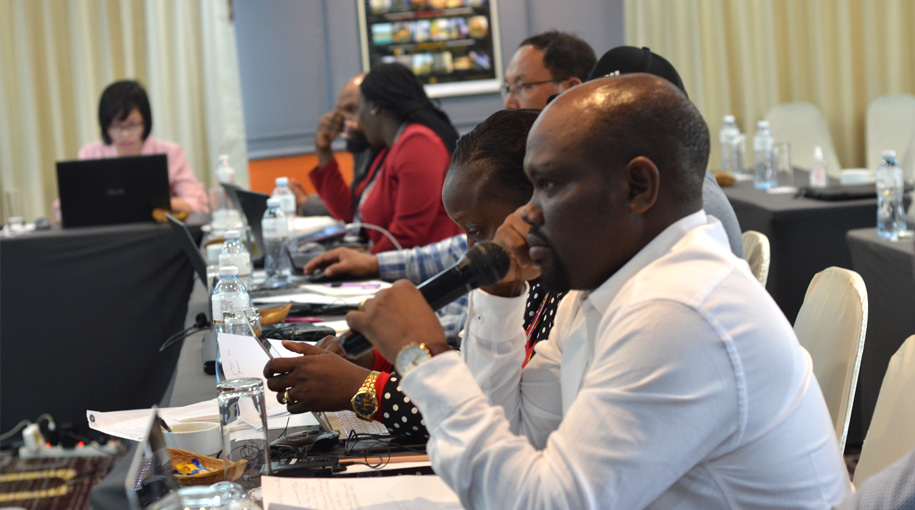
“This meeting is important since it is the first face-to-face gathering since the COVID-19 pandemic. It is essential to know the updates from the partners from 2017-2022 in order to determine and know their situation and responses during the pandemic and disasters; and to understand how they adapted and adjusted,” Grace Balawag of Tebtebba said.
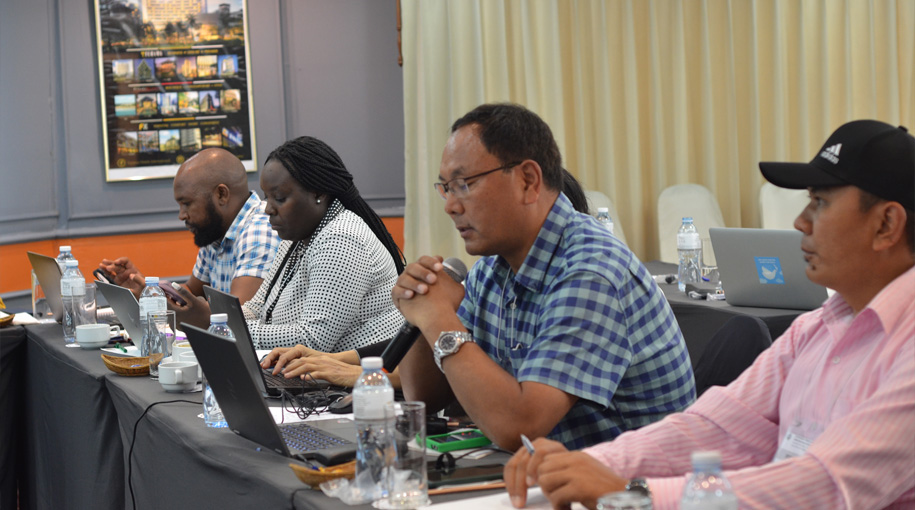
Balawag moderated the meeting that aims to share updates, priorities, and challenges among ELATIA, establishment of Tebtebba’s advisory group from the partnership, and share recommendations & plan of actions way forward, among others.

Representatives from each partner organization, Tebtebba secretariat, and interpreters together with the Executive Director of Tebtebba, Victoria Tauli-Corpuz, pose for the culmination of the 2-day ELATIA partners’ meeting on 28 November 2022.


